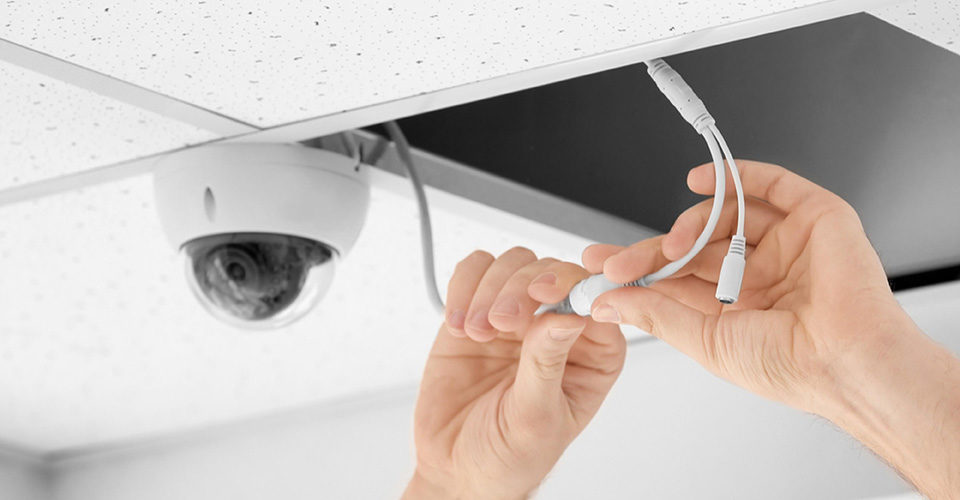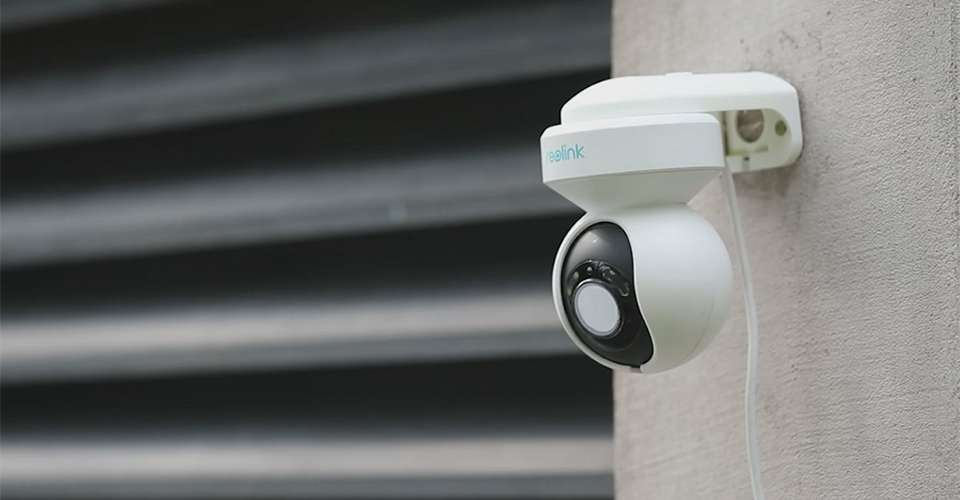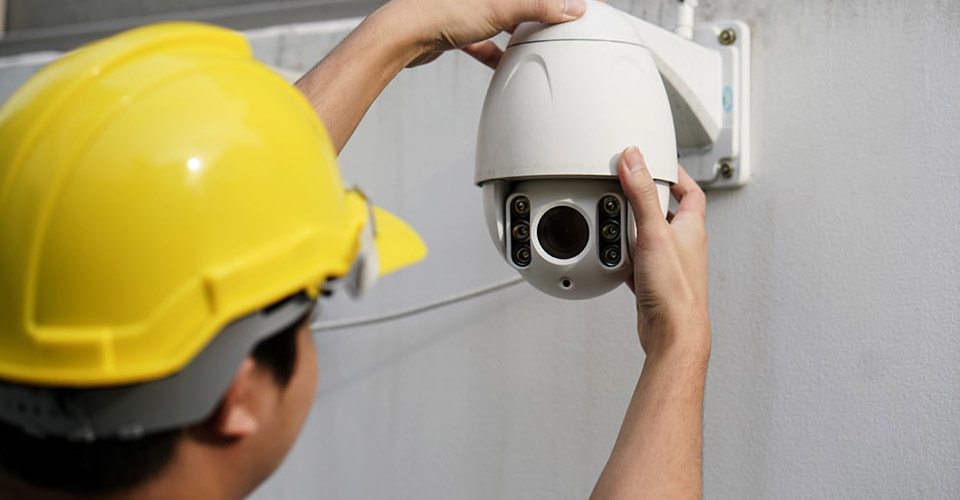Guide to Security Camera Cable Types

How Far Can Security Cameras See?


There are security camera cable types available in the market, each with its own features and benefits. Here are some of the most common CCTV cable types and factors to consider when choosing the right one for your camera:
Coaxial Cable
Ethernet Cable
Fiber Optic Cable
Power Cable
How Do I Know What Security Camera Wire Types I Need?
To determine the type of cable you need for your CCTV system, there are a few factors you should consider:
- Camera Type: Different CCTV cable types are required for different types of cameras. Analog cameras typically use coaxial cables to transmit video signals, while IP cameras use Ethernet cables to transmit digital signals.
- Transmission Distance: The distance between the camera and the recording device is an important consideration when selecting a cable. Coaxial cables can send analogue signals up to 300 meters, whereas Ethernet connections can provide digital data up to 100 meters. For longer distances, fiber optic cables may be required.
- Signal Type: The type of signal that needs to be transmitted is also an important factor. Analog signals require coaxial cables, while digital signals require Ethernet cables. Fiber optic cables can be used for both analog and digital signals.
- Budget: The cost of the cable is also an important consideration. Coaxial cables are typically the least expensive alternative, while Ethernet and fiber optic cables are more expensive.
- Environment: The environment in which the cable will be installed can also impact the choice of cable. For example, if the cable will be exposed to extreme temperatures, moisture, or other environmental factors, you may need a cable with additional insulation or shielding.
In addition to these factors, it's important to choose security camera connection types that are compatible with your camera and recording device, and that have the necessary connectors and wiring. You may also want to consider the quality of the cable, including factors such as shielding, insulation, and connector quality, to ensure reliable transmission and minimize interference.
Ultimately, the choice of CCTV cable types will depend on the specific needs of your CCTV system, and it's important to carefully consider all of the factors involved to make the best choice for your particular situation.
Recommended Ethernet Cable for Security Camera
Here's a table comparing the different CCTV camera cable types based on their maximum resolution and bandwidth:
| Cable Type | Maximum Resolution | Bandwidth |
|---|---|---|
| Coaxial (RG59) | 720p/1080p | Up to 3GHz |
| Coaxial (RG6) | 1080p/4K | Up to 4.5GHz |
| Coaxial (RG11) | 4K/8K | Up to 6GHz |
| Ethernet (Cat5e) | 720p/1080p | Up to 1Gbps |
| Ethernet (Cat6) | 4K | Up to 10Gbps |
| Ethernet (Cat6a) | 4K/8K | Up to 10Gbps |
| Fiber Optic (Single-mode) | 4K/8K | Up to 100Gbps |
| Fiber Optic (Multi-mode) | 720p/1080p | Up to 40Gbps |
Note that the maximum resolution and bandwidth values in this table are approximate, and may vary depending on the specific CCTV connectors types and the quality of the installation. Additionally, the actual resolution and bandwidth requirements of your CCTV system will depend on a variety of factors, including the number of cameras, the recording quality, and the distance between the cameras and the recording device. It's important to carefully consider your specific requirements when selecting a cable for your CCTV system.


